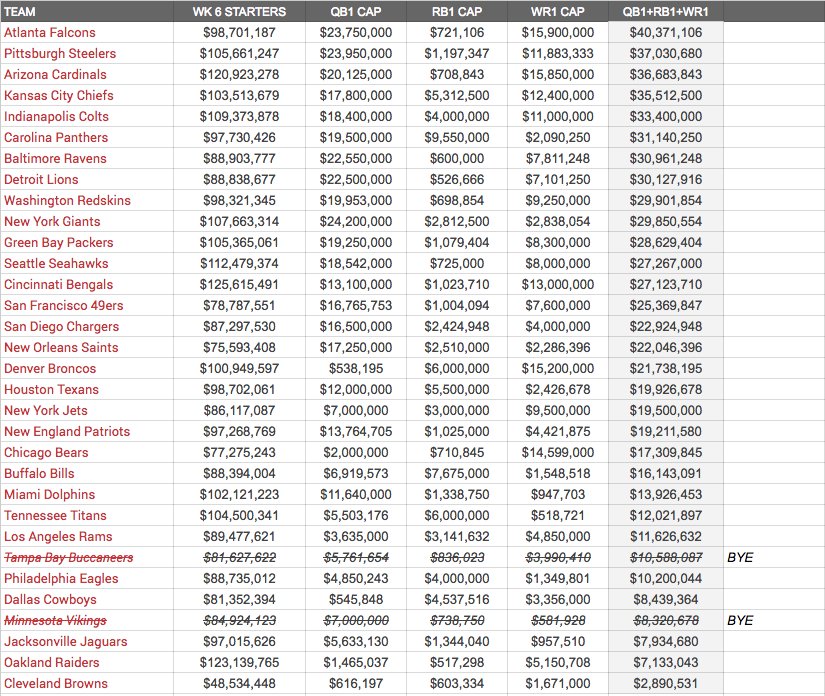- Awards
- 17
I've always wondered, and figured there was a (unknown to me) good reason, why the Browns are always well under the cap. I get the Bengals - they're cheap. The Ravens and Steelers always have issues, but at least they have success to show for it.
Stumbled across this today. Not sure I understood it before. Maybe I'm the last to know, but what the heck, it's "few new threads" season.
---
Hey Tony: Can you explain how it's seems the Browns are always way under the cap? I thought there were minimums you had to spend?
-- David, Erie, PA
Hey David: The “salary floor” aspect of the CBA is commonly misunderstood. Teams must spend a minimum of 89 percent of the salary cap, per the CBA. But that spending minimum is over a four-year period. The new four-year period begins with the 2016 season. So teams can underspend, if they desire, in ’16, ’17 and ’18 and then make up the difference by overspending in 2019. What are the penalties for not spending at the 89 percent salary cap minimum? Undefined. Overall, it’s not a really big issue. Why are the Browns seemingly always under the salary cap? Teams with no franchise quarterback – a $20 million-a-year expenditure – generally have no problem staying under the salary cap.
---
Stumbled across this today. Not sure I understood it before. Maybe I'm the last to know, but what the heck, it's "few new threads" season.
---
Hey Tony: Can you explain how it's seems the Browns are always way under the cap? I thought there were minimums you had to spend?
-- David, Erie, PA
Hey David: The “salary floor” aspect of the CBA is commonly misunderstood. Teams must spend a minimum of 89 percent of the salary cap, per the CBA. But that spending minimum is over a four-year period. The new four-year period begins with the 2016 season. So teams can underspend, if they desire, in ’16, ’17 and ’18 and then make up the difference by overspending in 2019. What are the penalties for not spending at the 89 percent salary cap minimum? Undefined. Overall, it’s not a really big issue. Why are the Browns seemingly always under the salary cap? Teams with no franchise quarterback – a $20 million-a-year expenditure – generally have no problem staying under the salary cap.
---

